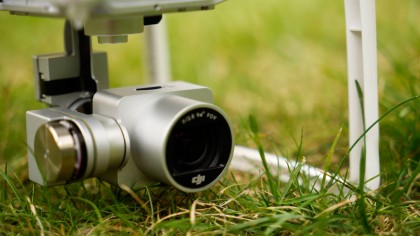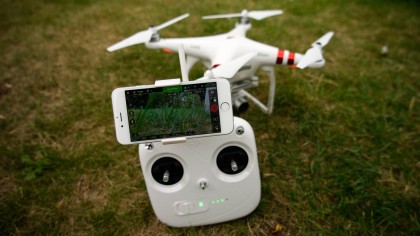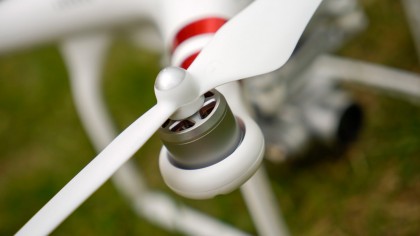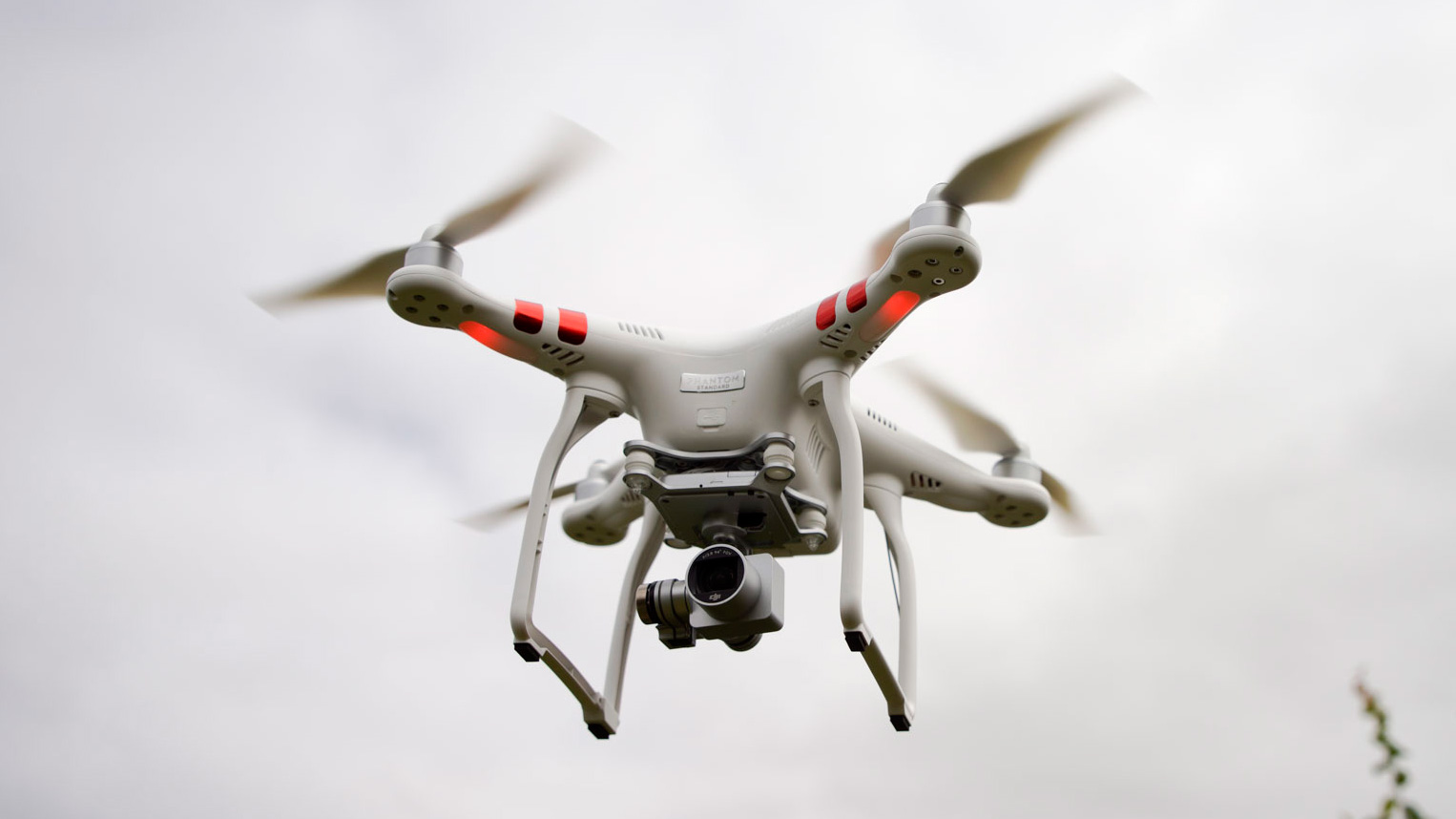Early Verdict
If you were thinking about getting the Phantom 3 Pro or Advanced but were put off by the price, then the Phantom 3 Standard should make your mind up once and for all! It's affordable, easy to fly and has a good camera.
Pros
- +
Value for money
- +
Great for those just starting out
- +
Simple design and operation
- +
Easy to fly
Cons
- -
Uses Wi-Fi rather than Lightbridge
- -
Lacks the positioning cameras of the Advanced and Pro
Why you can trust TechRadar
DJI Innovations is the company that leads the consumer Multirotor (Drone) market with the successful Phantom range. The Phantom's success comes from its approach, offering a ready built, calibrated and ready to fly craft direct from the box. It was also the first to offer a simple GoPro mount on the base enabling you to film incredible bird's eye footage.
Successive releases have built on this simple design and ease of use and the Phantom has grown hugely in popularity amongst photographers and filmmakers as the go-to craft to capture video and stills, now its major selling point.
The Standard model joins the latest line-up of Phantom 3 models and features a 2.7K camera capable of capturing both video and stills, live view streaming to a mobile device, intelligent flight controller and over 20 minutes of flight time.
It's designed as a lower-cost alternative to the Phantom 3 Advanced and Phantom 3 Professional and DJI says it should be on sale on August 9th at US$799 (about £512/AU$1,085).
The camera
The Professional and Advanced Phantoms are very similar with the only difference between the two being the camera. However, while the Standard model looks almost identical there are some major differences.

The Standard, as with the rest of the range, comes equipped with a camera mounted on a motorised gimbal. The camera features a 1/2.3-inch, 12 million pixel sensor that is capable of capturing 2.7K video at 30fps, 1080p at 48 fps or 720p at 60fps. The ability to capture 2.7K video puts it slightly ahead of the next model up in one respect, but the Advanced can shoot 1080p at a higher frame rate of 60fps, which will be more appealing to the higher end videographer.
The lens is a fixed f/2.8 with a 94 degree field of view, which is a 20mm equivalent lens in 35mm terms. This lens helps to avoid the fisheye distorted look that is synonymous with cameras of this size and instead gives a pleasing distortion free image.

The camera offers a selection of modes and settings enabling you to shoot both video and stills in a Program or Manual mode. These settings can all be adjusted through the DJI Go app. Adjustments include an ISO range of 100-3200 (video) 100-1600 (photo), electronic shutter speeds of 8s – 1/8000s and a choice of resolution resolution. We'll bring you the full scope of adjustments, both manual and automatic, in the full review.
Differences between Phantom 3 models
The new Standard is quite a different craft to the Professional and Advanced models, despite having many similarities. The style and overall design remains much the same and as with the other two models the spacing of the landing gear has been widened in order to avoid it appearing in your footage. The battery is the same new 4480 mAH 15.2 v LiPo which in our hands on test gave just over 20 minutes of flight. The camera and gimbal also look the same but there is a difference in camera recording sizes and output – like the other models, the camera takes a MicroSD card to store those video and stills files. The difference between this and the other two models visually is subtle but the major differences are in the technology.
Visually the motors are all positioned upright in line with earlier models, rather than the slight tilt that we've seen in the Professional and Advanced Phantoms. This tilt makes a small but noticeable difference to stability so it's a shame not to see it here.

The technology is where the major differences lie, with live view streaming from craft to mobile device using WiFi rather than DJI's lightbridge technology, so connection and streaming isn't at quite as high a quality or as smooth by comparison, but it's by no means bad.
The two positioning cameras under the Pro and Advanced model are gone too, so this means that if you're flying indoors or without GPS then you'll lose the added control and stability that these two cameras offer.
These features are outstanding features even on the Professional and Advanced models, though, so they would have been remarkable on this entry level model.
Ali Jennings is the imaging lab manager for Future Publishing's Photography portfolio. Using Imatest Master and DxO Analyser he produces the image quality tests for all new cameras and lenses review in TechRadar's cameras channel. Ali has been shooting digital since the early nineties and joined Future's Photography portfolio back in 2003.
What is a hands on review?
Hands on reviews' are a journalist's first impressions of a piece of kit based on spending some time with it. It may be just a few moments, or a few hours. The important thing is we have been able to play with it ourselves and can give you some sense of what it's like to use, even if it's only an embryonic view. For more information, see TechRadar's Reviews Guarantee.
